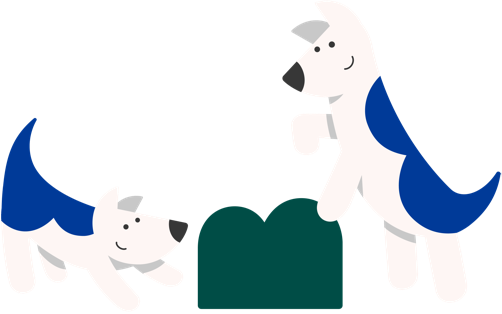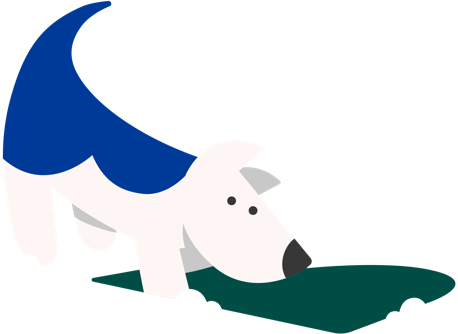Bruce’s Expert Dog Coaches
With years of experience our Bruce’s Expert Dog Coaches are fluent in dog and know what it takes to make every tail wag.
They’ve shared some great canine body language tips that help us understand doggy communication.
We can all spot a happy dog when we see one, you can’t miss a wagging tail. However, there are lots of little ways our dogs communicate their feelings that may go unnoticed.



























